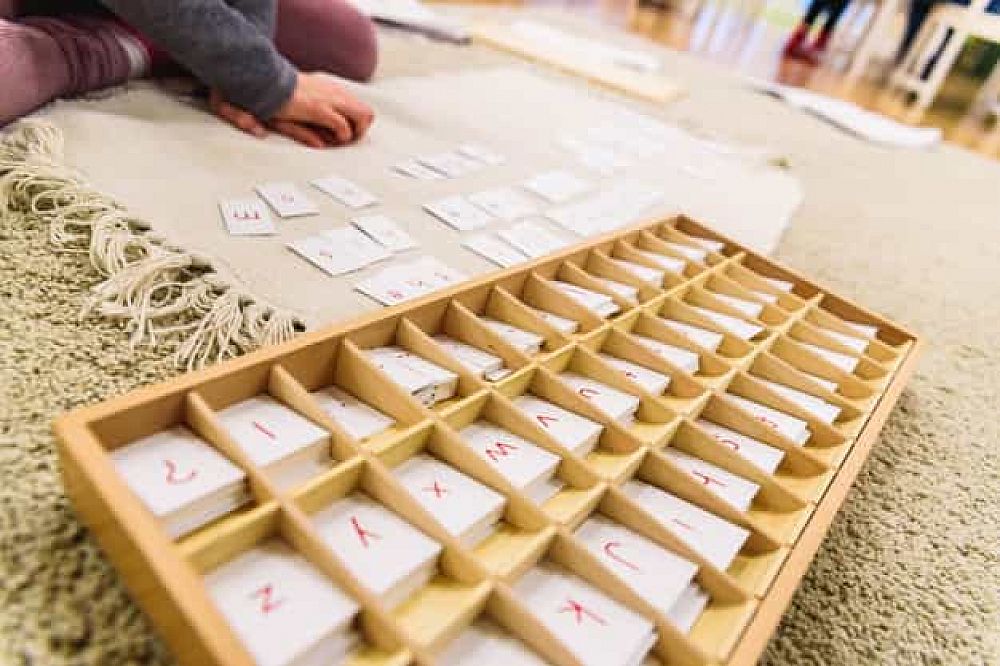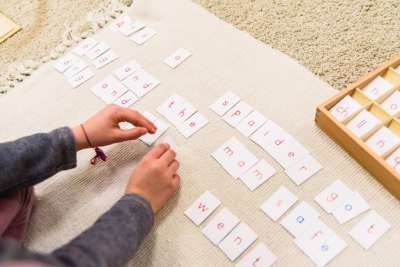Grammar as a Starting Point of Your ESL Teaching

Learning a language is acquiring the ability to produce the language and to produce the language accurately, a student needs to learn the grammar of that language. So, what is grammar?
This post was written by our TEFL certification graduate Sheila A. Please note that this blog post might not necessarily represent the beliefs or opinions of ITTT.
Listen to this blog post:
Definition of Grammar
Grammar is the study of the way words are used to make sentences. It is a set of rules that provides the structure we need to organize our ideas and convey our messages fully. It determines how words are arranged in a sentence for understanding. It gives us the ability to comprehend and produce language.
When trying to acquire a language, learning the grammar of that language is essential to effectively use the four language skills, reading, writing, listening and speaking.
For a reader to comprehend information written, for a writer to precisely convey information spoken, for a listener to receive clear communication and for a speaker to form words correctly, so as not to be unclear or cause confusion.

Also Read: How long does a TEFL course take?
Tricky Issue
If English is your native language, unconsciously, you use the grammar perfectly, whereby a student of the English language, must make a conscious effort to learn the grammar of the language.
I understand the conscious effort a student of language must make to learn grammar, to effectively use a language, because of my own experience a few years ago, when I decided to embark on a journey to learn Arabic as a second language, so I can study my religious book, the Quran, that is written in the Arabic language. I learned that if a student acquires the knowledge of how the language works and understand its grammar and vocabulary, then he or she will develop the ability to understand the language when he or she has something to apply it to, as I did in wanting to read and understand the Arabic text of the Quran, without needing a translation.
Also Read: How New Technology Can be Used in TEFL Teaching
The Way of Explanation
What’s important is how grammar is presented to the students. The teacher should first create curiosity for the grammar point to be introduced by eliciting answers to questions from real situations within the Engage Phase. During the staging phase, the students are taught the new structure and how it works, along with providing them with exercises to practice. For the activity phase, the teacher should create realistic communicative situations for students to interact and gain command of the grammar form taught.
The primary goal of an ESL teacher is to create users of the English Language, not by having students memorize a collection of grammar rules, but to have them engage in communicative activities for each lesson and throughout the course.
Do you want to teach English abroad? Take a TEFL course today!
In the end, my personal experience with learning grammar for a second language was wanting to analyze and fully understand the reason for the grammar rule before speaking or writing, so I felt confident that I was doing it right. I soon came to learn, that if I wanted to progress, I should not be afraid to make mistakes. The best thing was to speak, and if I was wrong, people were patient, allowing me time to analyze my words, and self-correct while commending me for getting my meaning across.
Apply now & get certified to teach english abroad!
Speak with an ITTT advisor today to put together your personal plan for teaching English abroad!
Send us an email or call us toll-free at 1-800-490-0531 to speak with an ITTT advisor today.
Related Articles:
- 7 Fun Activities for Teaching Vocabulary in the ESL Classroom
- 10 Questions You Need to Ask Before Enrolling In a TEFL Course
- Teaching English In China - The Salary and Budget Guide
- Online or In-Class - Which TEFL Course Should You Take?
- Teaching English Abroad: What's Next? - How To Advance In Your EFL Career



